News stories, articles and whitepapers referencing Queensland Brain Institute on Drug Target Review.
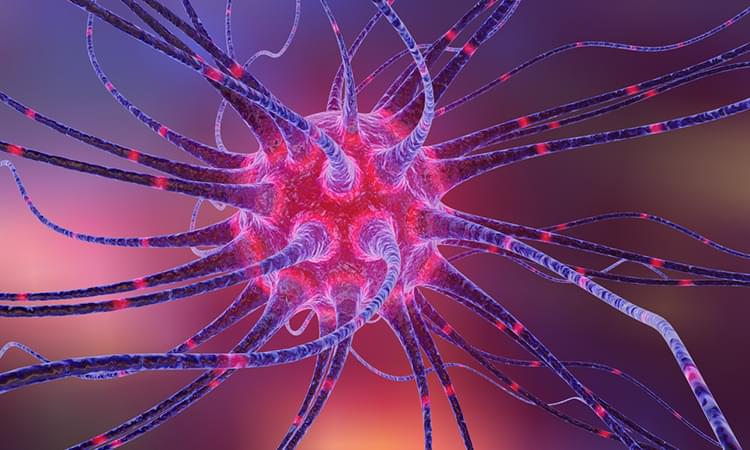

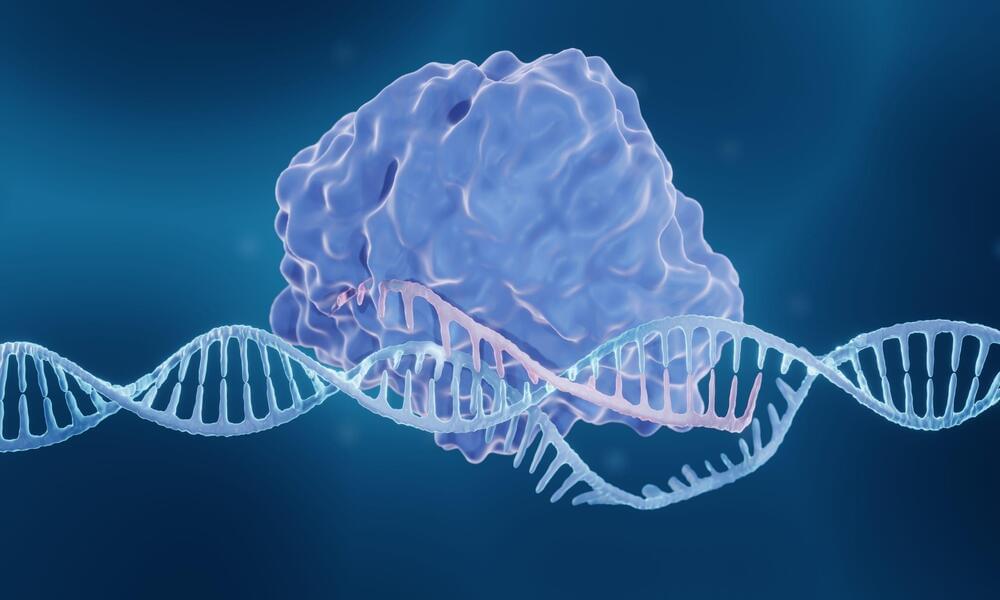
CRISPR has transformed gene editing, but still presents challenges in hard-to-transfect cells, such as pluripotent stem cells and primary cells.1 The key to obtaining successful transfection in these cells lies in innovative workflows. Here Georges Müller, CEO and cofounder of SEED Biosciences, shares his perspective on why focusing on editing a single cell, rather than bulk cells, is a pivotal strategy to optimise CRISPR delivery.
Delivery of ribonucleoprotein (RNP) into cells is an essential factor for successful CRISPR gene editing. However, this is difficult to guarantee using traditional CRISPR gene editing methods, especially in hard-to-transfect cells. The standard CRISPR technique involves gathering a group of cells and then electroporating them, using short high-voltage pulses to overcome the barrier of their cell membranes. This allows bulk transfection of ribonucleoprotein (RNP) into the cells and then hopefully, nuclear translocation.
In this special episode, we’re joined by Cytosurge CSO Tobias Beyer, Ph.D., and SEED Biosciences CEO and Co-Founder Georges Muller, Ph.D., for an overview of gene editing with Cytosurge’s FluidFM® in combination with DispenCell™ dispensing technologies.
Tobias and Georges explain the FluidFM® technique and how it differs from traditional CRISPR methods along with the advantages the technology has over other methods of gene editing.
For a transcript of this episode, please visit this episode’s page on Buzzsprout.

Scientists at King’s College London have discovered a new cause for asthma that sparks hope for treatment that could prevent the life-threatening disease.
Most current asthma treatments stem from the idea that it is an inflammatory disease. Yet, the life-threatening feature of asthma is the attack or the constriction of airways, making breathing difficult. The new study, published in Science, shows for the first time that many features of an asthma attack—inflammation, mucus secretion, and damage to the airway barrier that prevents infections—result from this mechanical constriction in a mouse model.
The findings suggest that blocking a process that normally causes epithelial cell death could prevent the damage, inflammation, and mucus that result from an asthma attack.
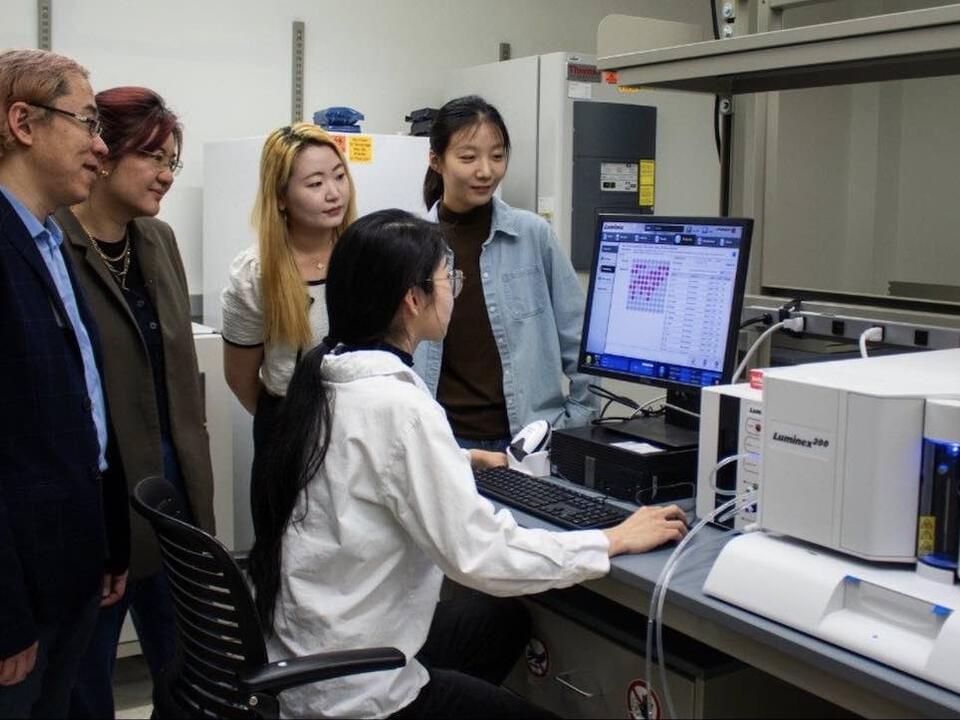
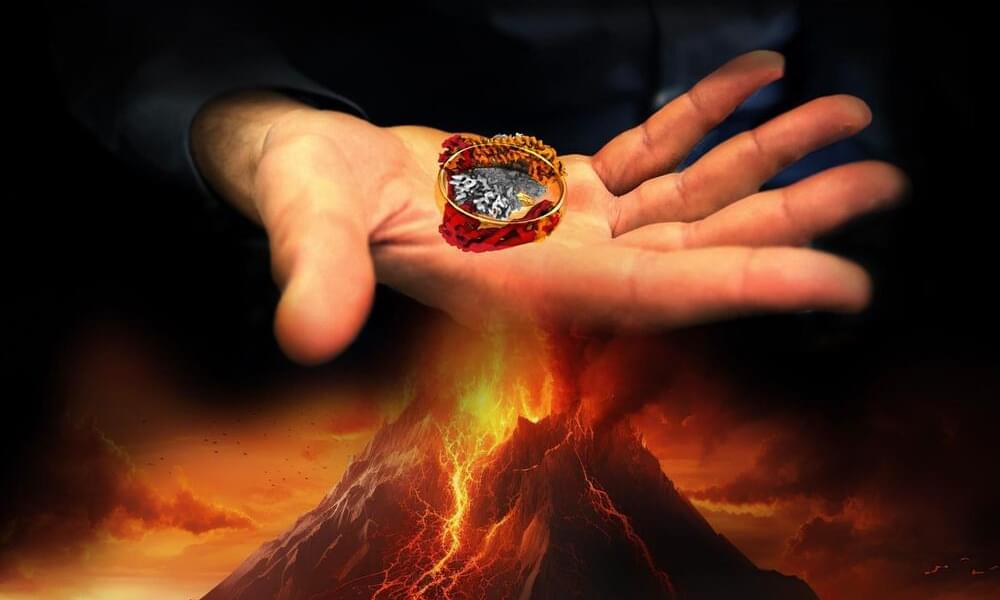
Actin is a highly abundant protein that controls the shape and movement of all our cells. Actin achieves this by assembling into filaments, one actin molecule at a time. The proteins of the formin family are pivotal partners in this process: positioned at the filament end, formins recruit new actin subunits and stay associated with the end by ‘stepping’ with the growing filament.
There are as many as 15 different formins in our cells that drive actin filament growth at different speeds and for different purposes. Yet, the exact mechanism of action of formins and the basis for their different inherent speeds have remained elusive. Now, for the first time, researchers from the groups of Stefan Raunser and Peter Bieling at the Max Planck Institute of Molecular Physiology in Dortmund have visualized at the molecular level how formins bind to the ends of actin filaments.
This allowed them to uncover how formins mediate the addition of new actin molecules to a growing filament. Furthermore, they elucidated the reasons for the different speeds at which the different formins promote this process. The MPI researchers used a combination of biochemical strategies and electron cryo-microscopy (cryo-EM). The breakthrough, published in the journal Science, can help us explain why certain mutations in formins can lead to neurological, immune, and cardiovascular diseases.

“I’m starting to see these companies and startups that are, ‘How do you optimize your cloud, and how do you manage your cloud?’ There’s a lot of people focused on questions like, ‘You’ve got a lot of data, can I store it better for you?’ Or, ‘You’ve got a lot of new applications; can I help you monitor them better?’ Because all the tools you used to have don’t work anymore,” he said. Maybe the age of digital transformation is over, he said, and we’re now in the age of cloud optimization.
United itself has bet heavily on the cloud, specifically AWS as its preferred cloud provider. Unsurprisingly, United, too, is looking at how the company can optimize its cloud usage, from both a cost and reliability perspective. Like for so many companies that are going through this process, that also means looking at developer productivity and adding automation and DevOps practices into the mix. “We’re there. We have an established presence [in the cloud], but now we’re kind of in the market to try to continue to optimize as well,” Birnbaum said.
But that also comes back to reliability. Like all airlines, United still operates a lot of legacy systems — and they still work. “Frankly, we are extra careful as we move through this journey, to make sure we don’t disrupt the operation or create self-inflicted wounds,” he said.
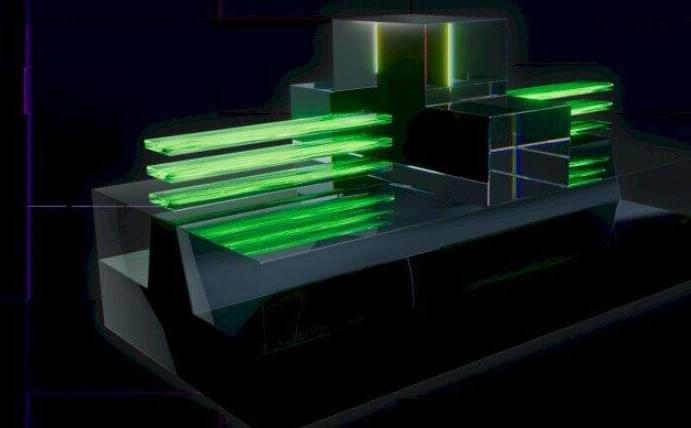
Everyone is in a big hurry to get the latest and greatest GPU accelerators to build generative AI platforms. Those who can’t get GPUs, or have custom devices that are better suited to their workloads than GPUs, deploy other kinds of accelerators.
The companies designing these AI compute engines have two things in common. First, they are all using Taiwan Semiconductor Manufacturing Co as their chip etching foundry, and many are using TSMC as their socket packager. And second, they have not lost their minds. With the devices launched so far this year, AI compute engine designers are hanging back a bit rather than try to be on the bleeding edge of process and packaging technology so they can make a little money on products and processes that were very expensive to develop.
Nothing shows this better than the fact that the future “Blackwell” B100 and B200 GPU accelerators from Nvidia, which are not even going to start shipping until later this year, are based on the N4P process at Taiwan Semiconductor Manufacturing Co. This is a refined variant of the N4 process that the prior generation of “Hopper” H100 and H200 GPUs used, also a 4 nanometer product.
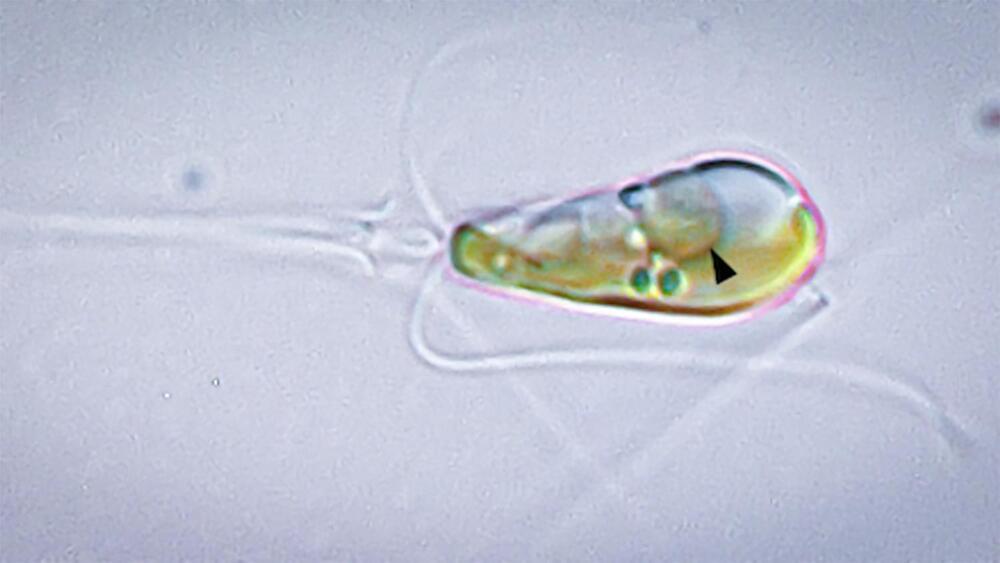
Scientists have caught a once-in-a-billion-years evolutionary event in progress, as two lifeforms have merged into one organism that boasts abilities its peers would envy. Last time this happened, Earth got plants.
The phenomenon is called primary endosymbiosis, and it occurs when one microbial organism engulfs another, and starts using it like an internal organ. In exchange, the host cell provides nutrients, energy, protection and other benefits to the symbiote, until eventually it can no longer survive on its own and essentially ends up becoming an organ for the host – or what’s known as an organelle in microbial cells.
Imagine if kidneys were actually little animals running around, and humans had to manually filter their blood through a dialysis machine. Then one day some guy somehow gets one of these kidney critters stuck… Internally (who are we to judge how?) – and realizes he no longer needs his dialysis machine. Neither do his kids, until eventually we’re all born with these helpful little fellas inside us. That’s kind of what’s happening here.

Researchers at Stanford University and Biogen faced skeptics head on, challenging the notion that monoclonal antibodies would never serve as therapeutic agents.
Read more about the journey of resilience and innovation:
The road to developing monoclonal antibodies for effectively targeting cancer was paved with tenacity, passion, and strokes of luck.